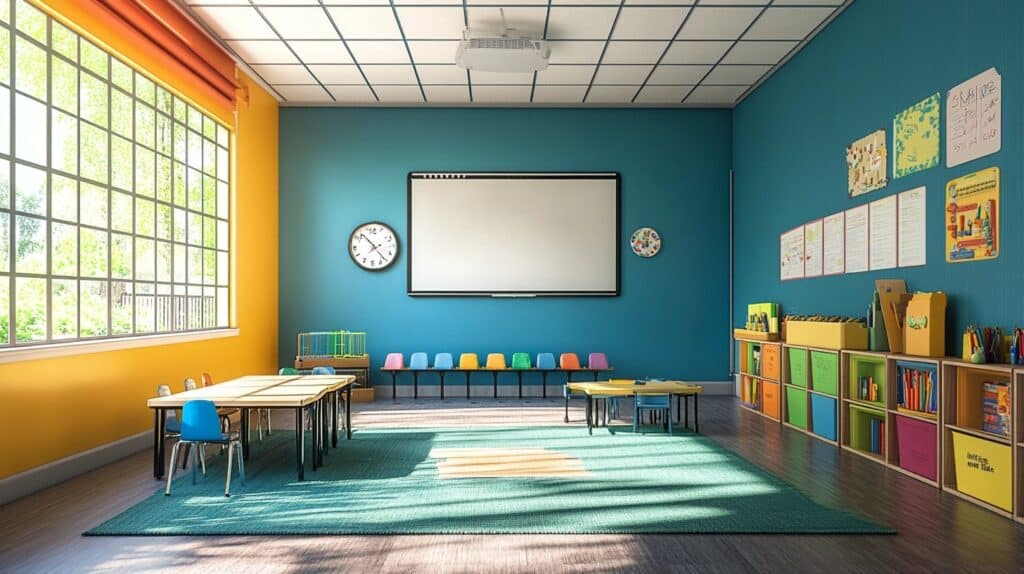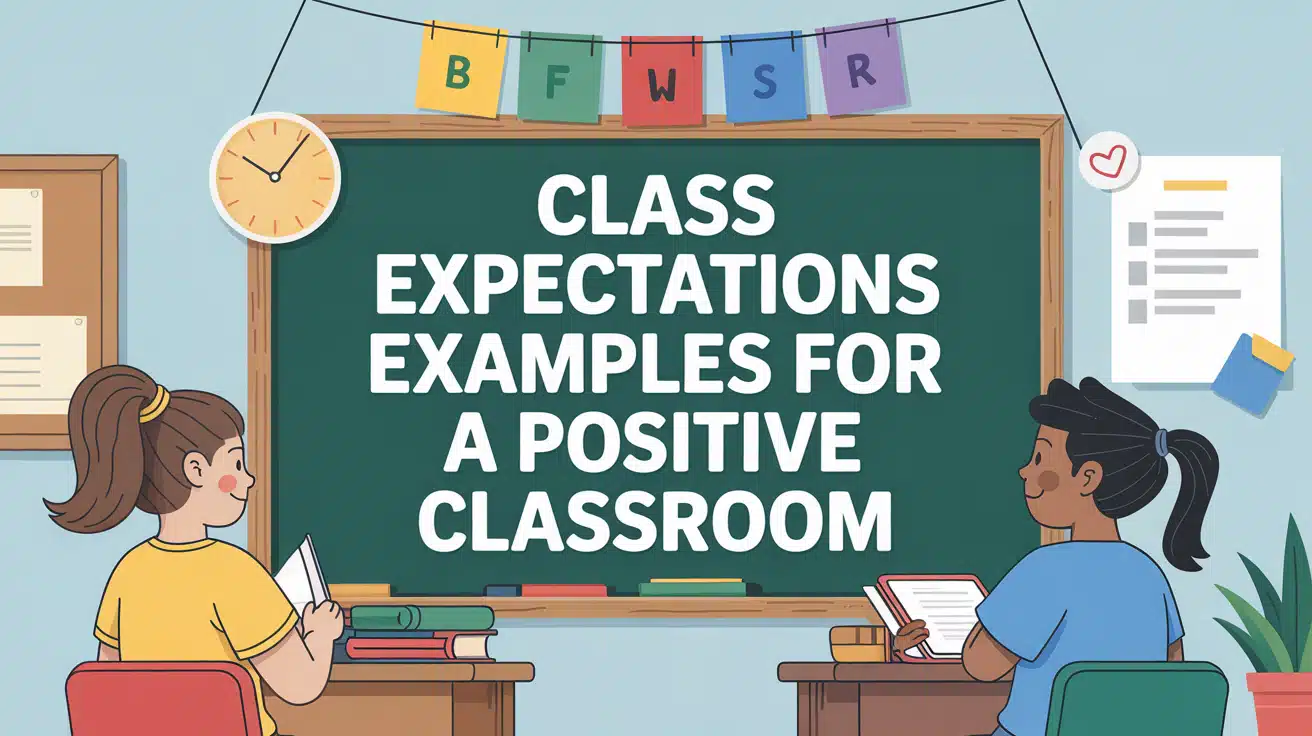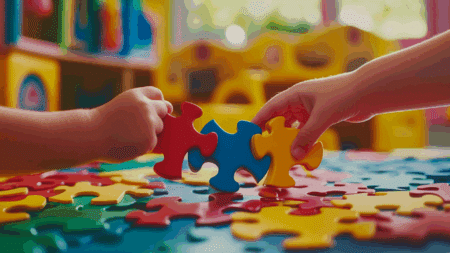The first day of school sets the tone for the entire year. Classroom expectations provide the baseline for how students will interact, learn, and grow.
When everyone understands the rules of the road, the journey becomes much smoother for everyone involved. Classroom expectations are simple rules that help everyone learn better together.
They show students what good behavior looks like and create a space where everyone feels safe to participate. When everyone knows what’s expected, there’s less confusion and more time for actual learning.
In this blog, you’ll find practical classroom expectations examples that you can implement right away. These straightforward guidelines will help change your classroom into a place where respect and learning happen naturally every day.
Understanding Classroom Expectations
Classroom expectations are clear guidelines that outline how students should behave, interact, and participate during class time.
These aren’t just rules to follow but shared understandings about what makes a classroom work well for everyone. They cover everything from how to speak respectfully to others, to when to raise your hand, to how to handle materials and equipment.
These expectations create a foundation for successful learning. They help students understand boundaries. This reduces behavior problems. Setting expectations saves teaching time. When expectations are understood from the start, teachers spend less time managing behavior and more time on actual teaching.
These guidelines help build a positive classroom community. When everyone follows the same expectations, it creates mutual respect and trust.
Classroom expectations help students learn important life skills. Following these guidelines teaches responsibility, self-control, and consideration for others. They prepare students for the future. Learning to follow expectations in school helps students adapt to workplace expectations later in life.
Classroom expectations also promote fairness. When the same standards apply to everyone, students develop a sense of justice and equality.
Classroom Expectations Examples

Setting clear classroom expectations helps students understand how to act and learn together. Here are some simple examples that can guide behavior and create a safe, respectful space for everyone.
- Be respectful. Show respect for yourself, others, and the learning environment.
- Take ownership of your actions and follow through on tasks.
- Bring all necessary materials to class and be ready to participate.
- Arrive on time and be ready to start when class begins.
- Use class time effectively and focus on learning.
- Ensure everyone feels physically and emotionally safe.
- Always raise your hand before speaking or leaving your seat.
- Listen carefully and follow the teacher’s instructions.
- No talking when the teacher is speaking. Wait for the appropriate time to speak.
- Speak softly to maintain a calm environment.
- Listen and consider what others have to say.
- Keep your materials and workspace neat and organized.
- Don’t hesitate to ask if you don’t understand something.
- Keep your hands to yourself. Maintain personal space and avoid physical contact.
- Encourage a positive atmosphere with kind words.
- Complete your work on time. Finish assignments and turn them in by the deadline.
- Focus on the teacher or the task at hand.
- Engage in classroom discussions and activities.
- Respect others’ learning. Don’t disrupt classmates who are trying to learn.
- Keep your phone off unless directed by the teacher.
- Show kindness to your classmates and the teacher.
- Avoid distractions and stay focused on the activity.
- Tidy up your area before leaving.
- Own up to your errors and learn from them.
- Contribute to discussions with your thoughts and opinions.
- Always tell the truth and be trustworthy.
- Don’t waste class time or the time of others.
- Pay close attention when someone is speaking.
- Abide by the routines and rules established for the class.
- Take care of the materials and equipment.
- Don’t waste supplies and be mindful of others.
- Remain in your seat during lessons unless asked to move.
- Don’t be afraid to seek assistance from the teacher or classmates.
- Wait your turn and be understanding of others.
- Be open-minded. Respect and value diverse opinions and perspectives.
- Stay engaged.
- Help others.
- Motivate others to do their best.
- Do your best.
- Maintain a positive attitude even when faced with challenges.
- Don’t invade other people’s personal space.
- Adhere to any clothing guidelines set by the school.
Setting and Managing Classroom Expectations
Start the school year by clearly explaining your expectations. Use simple language and give specific examples of good behavior. Morning meetings are perfect for reminding students about important rules. After school breaks, take time to refresh everyone’s memory.
Let students help create the rules. Ask them what they think makes a good classroom. When students help make the rules, they feel more responsible for following them. Be consistent when enforcing expectations. When you say something is important, follow through every time. Use a calm, firm voice when reminding students about rules.
When students break the rules, respond quickly but calmly. First, remind them of the expectation. For repeat issues, try private conversations instead of public correction.
Catch students being good! Notice when they follow expectations and praise specific behaviors: “I like how you raised your hand before speaking.” Consider using a reward system like class points or special privileges.
Keep students engaged by making learning fun and interesting. Bored students are more likely to misbehave. Change activities often and include movement breaks. Connect lessons to students’ interests whenever possible.
Remember that clear expectations work best when paired with genuine care. Students follow rules better when they know you believe in them and want them to succeed.
Conclusion
Classroom expectations are the core of a successful learning environment. They create structure, promote respect, and maximize learning time for everyone. When these expectations are clearly communicated, ordinary classrooms become spaces where students feel safe, valued, and motivated to learn.
Remember that the best classroom expectations are simple to understand, consistently applied, and positively reinforced.
They should be revisited regularly and adjusted as needed to meet your students’ needs.
Ready to change your classroom experience? Take a moment today to select 5-7 key expectations from our examples that would work best for your specific class needs!




